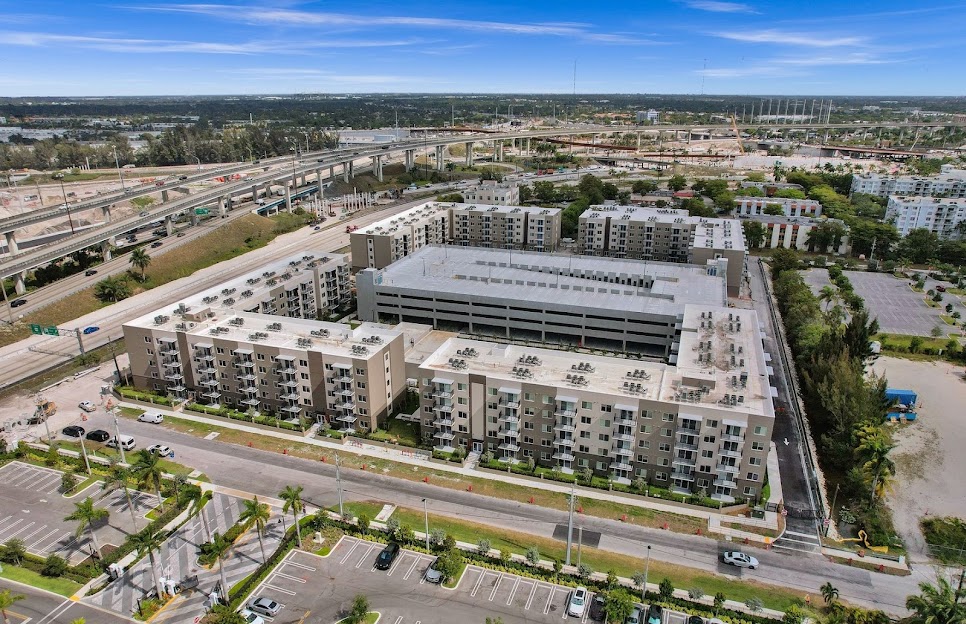T
he prolonged rate-hike cycle initiated by the U.S. Federal Reserve in 2022 has left investors cautious about the long-term implications for asset classes sensitive to borrowing costs. However, as the Fed signals a gradual pivot toward easing, the real estate sector is poised for a strategic rebound. With the central bank projecting a reduction in the federal funds rate from 4.25%-4.5% to 3.9% by year-end 2025 and further cuts in 2026, investors are reevaluating real estate's role in a diversified portfolio.
Historically, REITs have thrived in declining-rate environments. Lower interest rates reduce borrowing costs for REITs, enabling cheaper financing for property acquisitions and developments. This dynamic was evident during the 2010–2012 rate-easing cycle, when VNQ rebounded from a significant drawdown. Similarly, during the 2018–2019 period of rate stability, REITs outperformed the S&P 500 as investors sought yield in a low-interest-rate world.
The current trajectory mirrors these historical patterns. As the Fed's rate projections suggest a path toward 3.0% by 2027, REITs stand to benefit from two key mechanisms: lower capital costs and higher property valuations. Reduced borrowing costs will ease refinancing pressures for REITs in sectors like industrial and data centers, where demand remains robust.
VNQ's broad exposure to multiple real estate sectors positions it to capitalize on structural trends. For instance, data centers have occupancy rates exceeding 95%, driven by AI and cloud computing demand. Healthcare REITs benefit from aging demographics and regulatory tailwinds, ensuring steady cash flows. Industrial warehouses continue to outpace supply due to e-commerce growth.
This diversification mitigates sector-specific risks, such as the ongoing challenges in office REITs. While secondary-market office spaces face headwinds from remote work, VNQ's portfolio is weighted toward resilient sectors, ensuring a balanced risk-reward profile.
As of Q2 2025, U.S. REITs trade at a slight discount to their net asset value (NAV), a historically attractive entry point. High occupancy rates and constrained new supply create a multi-year growth runway. VNQ's current yield of 3.9% provides a compelling income stream in a low-yield environment.
While risks persist, the outlook is positive. Office REITs in secondary markets remain vulnerable to remote work trends, but VNQ's diversified portfolio limits exposure to any single sector. The current rate-cutting cycle should alleviate refinancing pressures and stabilize asset values.
The Federal Reserve's projected rate reductions, combined with structural tailwinds in the real estate sector, make REITs like VNQ a compelling addition to long-term portfolios. For investors seeking both income and capital appreciation, the current valuation discount and sector diversification offer a unique opportunity. As the Fed navigates a delicate balance between inflation and employment risks, real estate ETFs stand to benefit from a more accommodative monetary environment.














